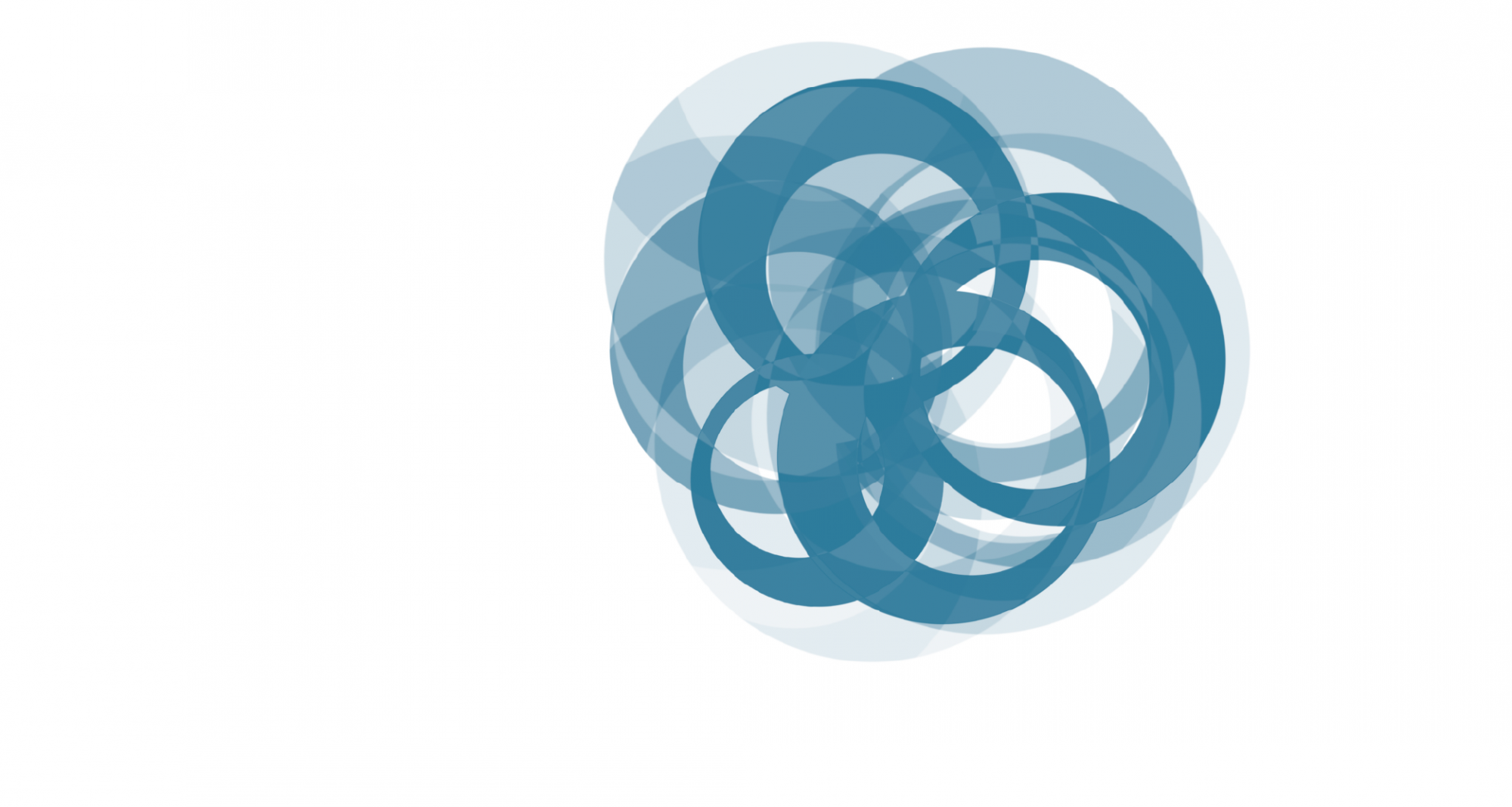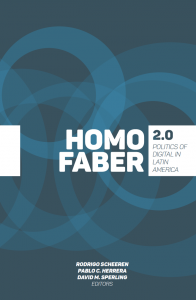Homo Faber 2.0: Politics of Digital in Latin America
Cultural Center USP São Carlos, from 5 to 30 November, 2018
Dr. Carlos Botelho Avenue, São Carlos – SP, Brazil [13561-003]
Curators
Rodrigo Scheeren (USP – Universidade de São Paulo | Brazil)
Pablo C. Herrera (UPC – Universidad Peruana de Ciencias Aplicadas | Peru)
David M. Sperling (USP – Universidade de São Paulo | Brazil)
(click on the image to download the catalog)
Presentation
Two decades have passed since the implementation, diffusion, and development of the use of digital fabrication in the areas of Computer-Aided Architecture Design (CAAD) in Latin America. Throughout this period, different temporalities and specificities in the region became noticeable. The first opportunity to capture and understand a part of this process happened during the CAAD Futures 2015 Conference – “The next city”. From the initiative sponsored by professor Gabriela Celani (UNICAMP), professors David M. Sperling (USP) and Pablo C. Herrera (UPC) organized the exhibition “Homo Faber: Digital Fabrication in Latin America”, which presented works from 24 consolidated and emerging laboratories from six South American countries that had been created between 2005 and 2014.
“Homo Faber 1.0” – how we call it – demonstrated for the first time to the world the potential of digital fabrication in Latin America. Conceived around the subject “Informing Materials and Materializing Forms” (Sperling and Herrera, 2015), this exhibition represented, until that date, the main effort to systematize, categorize and present processes and dynamics of digital fabrication in the fields of architecture, design, and construction.
In the context of the XXII Congress of the Iberoamerican Society of Digital Graphics (SIGraDi / São Carlos, Brazil – November 7th to 9th, 2018) that assumes “Technopolitics” as its central theme, Homo Faber 2.0 focuses on the “Politics of Digital in Latin America”.
Montaner and Muxí (2011, p.65-66)* argue that “political action from the architecture has always existed, although there are professionals who deny such a relationship and who do politics by omission. If politics is the social organization of a group that is developed in a space, depending on where it is acting in the creation of this space, it will be inclusive or segregating, inclusive or exclusive, will be governed by the aspiration to redistribute quality of life or according to the perpetuation of exclusion and the domain of powers. That is why architecture is always political”. From that approach, digital fabrication in architecture and design is no exception.
The chosen theme for this exhibition demonstrates how some uses of digital fabrication technologies, from their disruptive nature, impose new policies on processes, academic programs, curriculum development, production lines, implementations, and adoptions. Than, the aim of this exhibition is to being bound to politics and society, showing the potential of digital fabrication and its impact on communities, evidencing how the identity of the projects evolves the constant experimentation of form and material for the development of new products or the improvement of existent ones, from the object to the architectural scale.
For Homo Faber 2.0, the organizing committee selected 37 projects from a total of 61 proposals. These projects, coming from nine countries in South and Central America, were distributed in three categories:
– 12 projects related to design collaboration processes for changes in society with activities aimed at citizens in particular and strategies of subversion in the use of digital technologies.
– 19 projects related to processes and prototypes of conceptual research using formal and material experimentation, as well as the technological development of new techniques and products.
– 6 projects related to artisan-digital hybridism / neocraft / cultural identity that promotes the mixed use of artisanal and digital techniques for the creation of the artifact.
In this edition, Homo Faber reflects a maturation of initiatives that enhance an approach to different scales towards the built environment. The investigated processes and resulted artifacts demonstrate an advance in the complexity of the proposals, scale of manufacturing, technical solutions, and materialities. The projects are largely linked to the local culture, recognized as a source of inspiration generating meaning for the flow of design and assembly. Laboratories arise with proposals increasingly associated with local problems, going from experiences referenced to the northern hemisphere to others that seek in their own reality and community a connection that values their identity.
Therefore, it is important to highlight that through the Homo Faber exhibitions, histories and backgrounds are traced, which will be the daily routine of other initiatives transformed by the reality of each community, city, and country. Finally, in this second version, we look for answers to local problems driven by experiences of not only a laboratory but of different contributions that enrich new digital fabrication policies and politics, not only for their own place but for their cities and the world.
The visibility of projects through Homo Faber demonstrates the opinion of Hans-Ulrich Obrist, for whom an exhibition expresses possibilities of connectivity, of creating bridges and networks between technology, politics and the community, driven by the perspective of the academia and the profession of architecture.
* Montaner, J. & Muxí, Z. (2011). Arquitectura y Política. Ensayos para mundos alternativos. Barcelona: Editorial Gustavo Gili.


